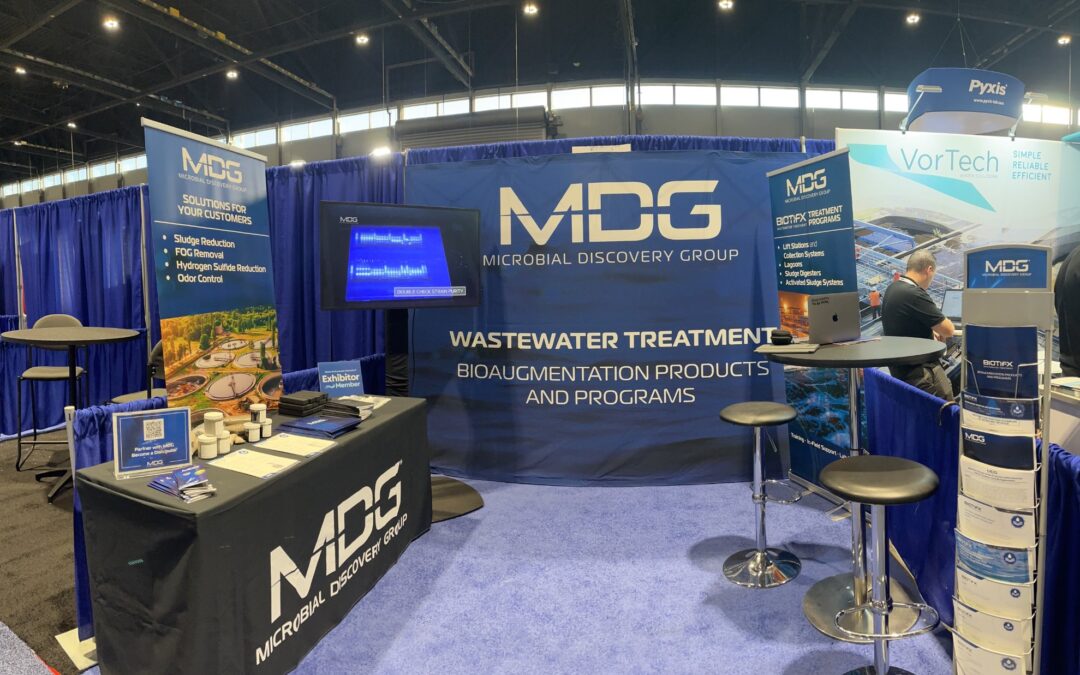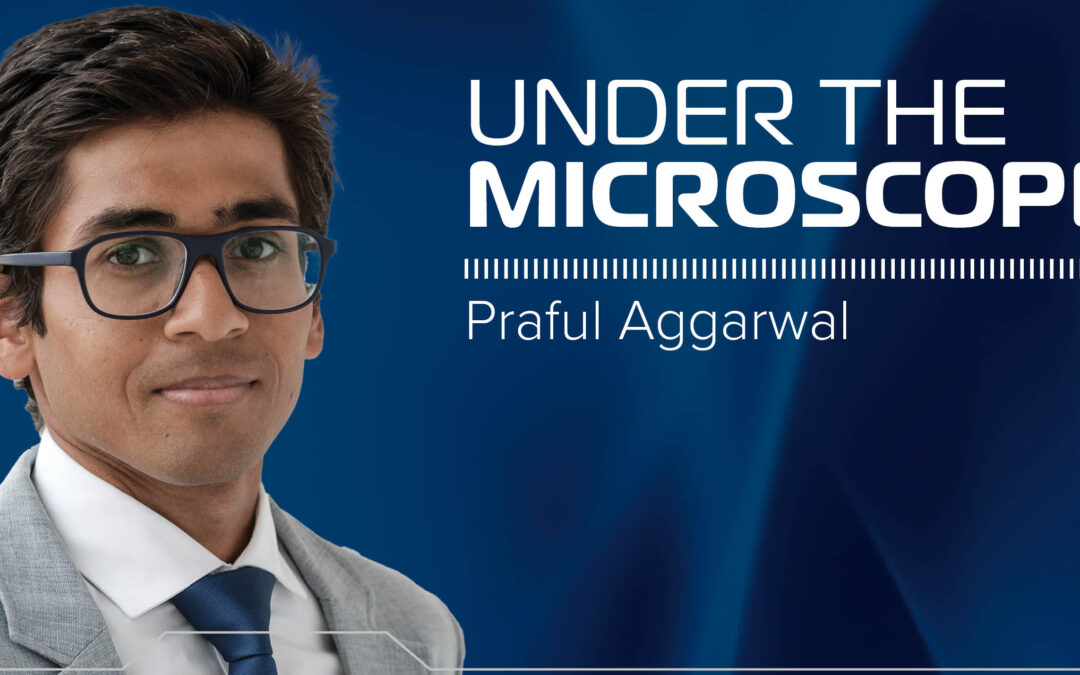One of the hardest things to do in this business is to tell a customer that the great liquid product idea they are so excited about is at least 3-6 months away from commercialization. Nothing deflates them faster and I don’t enjoy sharing the news, but it has to be done. Hate me now, love me later when your product doesn’t explode or implode on the shelf. You see, any new liquid product formulation needs to go through stabilization studies to insure a long-term shelf life. The surfactants or other ingredients in the formulation are food sources for contaminating bacteria like Pseudomonas which are common blending facility contaminates. I have seen my competitors test it for a week and some a month (with varying results), but I fear we want to hold on for 3-6 months before we are comfortable with commercialization.
I’ve seen bacterial issues show themselves after 2 months, and I’ve seen preservative systems weaken at 6 months, allowing for mold growth. Bacterial growth is very unsightly, causes odors and can lead to gas production but the biggest concerns are recalls and a damaged reputation. The mold concerns aren’t as bad, usually creating hairy mold in the product, but it is a sign of a weakening preservative system that could go south in a hurry. This testing is very important when you are changing fragrances, surfactants, dyes, and especially anything a microbe might consider a nutrient. The preservatives in these products are only meant to do so much. So, send in any and all new formulations to us, we will do the microbial stability testing for you. But please, just plan on giving yourself enough time before going to market.
How can we lessen the time? Three months gives you at least an indication of bacterial stability, we might be talked into this timeframe if you are aware of the risk. However, the best way to shorten stability time from 6 months is to choose your fragrances, surfactants or dyes from a list we have in house with a proven track record. We will still suggest 3 months of testing if it isn’t one of our standard formulations, but at least you have lessened the risk. Some would be tempted to over preserve, but with preservatives, more is not always better. The higher concentrations can compound the issue, kill the product or insure the product does not activate in the application. This doesn’t do much for your reputation either.
Your reputation is our reputation. Please stabilize before you commercialize.









